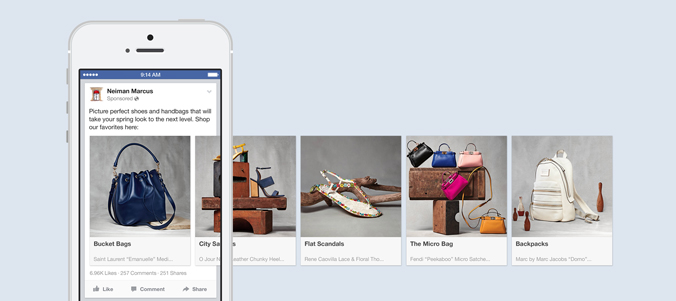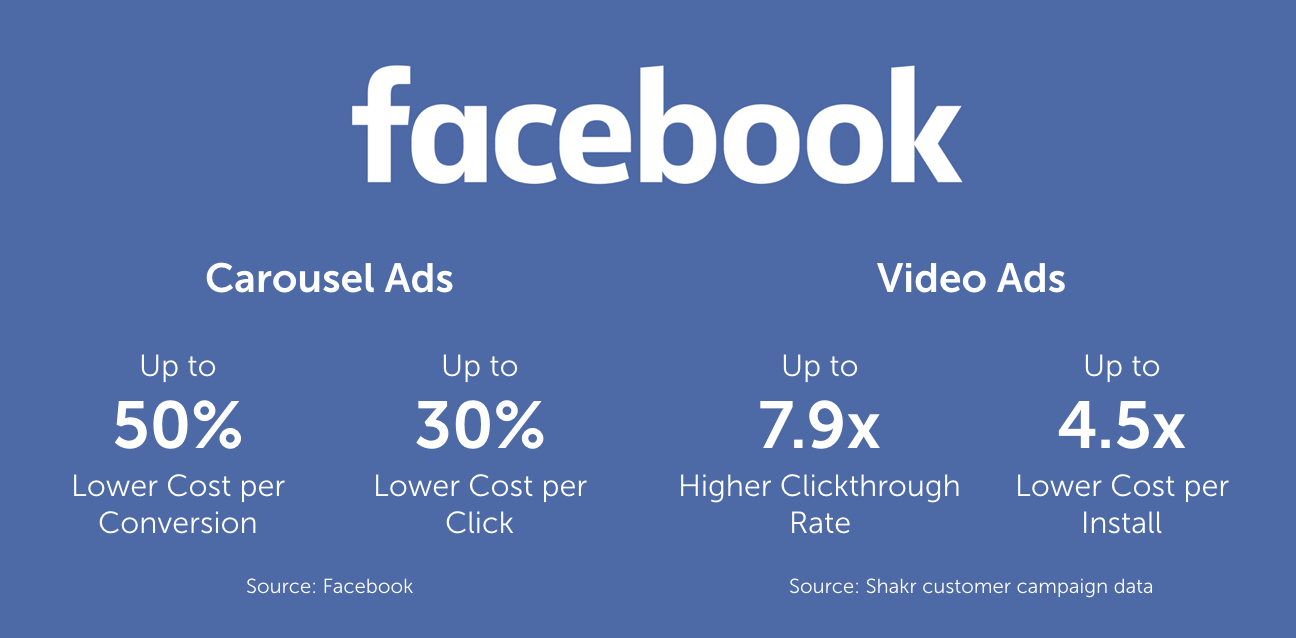AdWeek reported that Facebook was adding video creative to its Carousel Ads, to bring its most effective ad formats together. On it’s Facebook Marketing Partners page, the dominant digital video platform expressed that this union would give “advertisers the creative flexibility to leverage the most engaging and powerful format we have in feed. Carousel format is growing at a rapid pace and adding video as a creative option can bring sight, sound, and motion to help advertisers improve both their Brand and DR objectives.” Advertisers like Harvard University, which decided to run Facebook Video Carousel Ads to promote its e-learning offerings, such as Negotiation Mastery with Chris Voss and Disruptive Strategy with Clayton Christensen.
With thought leaders featured throughout a series of four videos in a Facebook Carousel Ad, Harvard put substantial ad dollars into a global campaign that targeted managers and executives worldwide. Harvard touts that they have just the right program for those who are “ready to move [their] career[s] forward.” Broadly speaking, Harvard’s digital strategy makes sense, giving them global reach to the right audience. And the tactical decision to use Facebook Video Carousel Ads was surely informed by expert insight and a tremendous amount of data supporting the move.
Harvard Chooses Facebook Video Carousel Ads



Room for Improvement
While Harvard’s strategy and broader tactics were sound, better execution could drive substantially better results. For example, the video assets used were in the wrong aspect ratio. Being married to the 16:9 ratio is a remnant of an era in digital video marketing that ignored the realities of mobile. Certainly, the 16:9 ratio assets that Harvard produced for HBX were of good production value — they’d likely serve as excellent standalone video ad campaigns. But used as creative assets in a Facebook Video Carousel Ad, which are designed for square (1:1) assets, substantial letterboxing (the vertical padding above and beneath the video) degrades the overall production quality of the advertisement. This type of production flaw leads to decreased confidence in the brand running the campaign. Perhaps Harvard has the brand capital to spare, but for SMB advertisers this letterboxing faux-pas can lead to substantial lost opportunities. Admittedly, Harvard is far from the only brand to make this mistake – Shakr has done it in the past, and letterboxed advertisements are unfortunately quite common.




1 comments On How Harvard University Grows With Facebook Video Carousel Ads
Facebook is once again dominating the market–now with video content. I read somewhere that more video is now being uploaded to Facebook than YouTube. I’ll have to double check that source, but wow! Great stuff!
Comments are closed.